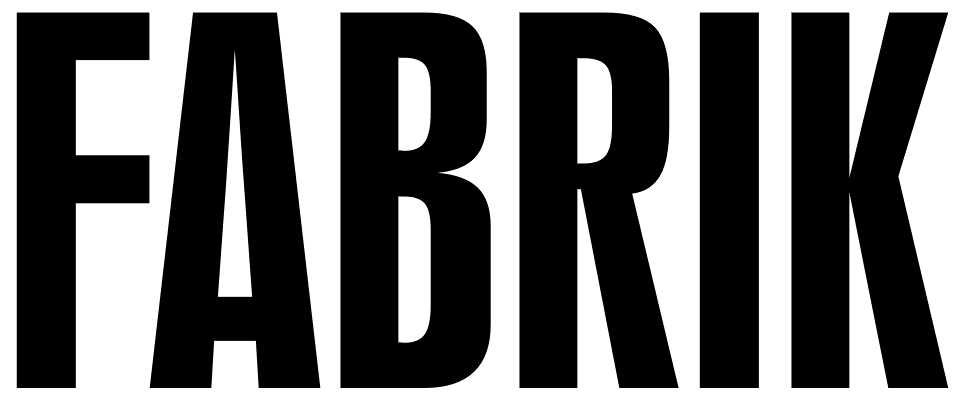A new painting by Ian Davis, Supermarket (2017), encompasses a number of themes that frame this artist’s compelling dystopian vision. There is the content of the picture itself, an eerily sterile warehouse of identical stacked goods, marching away from the viewer in one-point perspective. The image is distinctively Davis’, but reverberations from history inevitably emerge. One is reminded of Jacques Tati’s Playtime, where the filmmaker greeted the advent of automation with suspicion as well as humor.
More recent examples would be the 1990s photographs of Andreas Gursky and the documentaries of Edward Burtynsky, where the monotony and repetition of factory labor are revealed in unrelenting fashion. Unlike these precedents, however, Davis is a painter, and his painstaking method creates a unique double-edged sword for the viewer. His high-resolution meticulousness is both attractive and disconcerting in its sharp attention to detail.
Like many artists, Davis had an aesthetic journey through different approaches and methodologies before fixing on his trademark style. Born in Indianapolis in 1972, he skateboarded his way through an uneventful Midwest adolescence with a vague notion of making art as a living. The fashion he embraced early and tenaciously was based on graffiti art and Jean-Michel Basquiat, sources that might appear far afield from where he landed. This early work, gestural and full of collaged and expressionistic elements, was developed during the artist’s years at Arizona State University where he majored in painting (and, according to Davis, wasn’t taught any technique: “I didn’t even know what a ‘wash’ was when I left”). He found more satisfaction outside of the academy, where his Basquiat-influenced paintings acquired an audience through a gallery in Scottsdale. Then in 2003, after a move to New York, Davis visited a retrospective of Basquiat’s work. Rather than reinforcing his fealty to this artistic mentor, the survey left him cold. “I was stopped in my tracks,” he remembers. “All my marks had come from this one guy.” Davis started to transition into a cleaner, but more conceptually complicated, mode.
In 2005, he moved studios and decided to keep his latest environment “splatter-free,” eschewing the cluttered graffiti vocabulary for a more pristine one. It wasn’t just a change of space that initiated the shift. Davis attended a residency in Skowhegan, where he would graze in his spare time through the institution’s library. (This was back when a surf on the smart phone wasn’t so facile and a turn through the stacks had to suffice). There he found old issues of out-of-print magazines like American Heritage and Horizon, and was struck by the oddball articles about esoteric topics. He encountered artists that he hadn’t fully studied before such as Magritte, Breughel and de Chirico, all of whom gave him the license to take on epic vistas and surrealistic subject matter.
Later, a trip to the UK made an enormous impression: there Davis explored cities like Liverpool, a contemporary metropolis with areas still as derelict as when World War II ended. Overall, the gray, post-industrial mise-en-scène overlapped with a growing sense of social consciousness that was brewing in Davis’ pictorial content. Most consequently, a stop in Manchester exposed him to the work of L.S. Lowry, a locally celebrated painter of Northwest England’s mill towns and docks. He was blown away by Lowry’s stark, naïve cityscapes of “matchstick men” leaving the mills at quitting time—scenes Davis had been unknowingly channeling.
Like the anonymous subjects in Lowry’s paintings, the status of humans in any given Davis tableau is usually no higher than a clinical mass of ants. Tiny figures in identical jumpers are depicted swarming around pools of seeping fuel tanks in Mine (2018); the characterless workers with sweep brooms strike identical poses, participating in futile combat with oozing toxic leaks. Similarly, Davis portrays minions in lab coats examining spurting oil lines in Pipeline (2017), a tour-de-force of linear and atmospheric perspective. In Eating (2015), dozens of men in police uniforms help themselves to a banquet, a scenario wrought doubly incongruous by their environment—in this case, a vast, deserted plain, bathed in crepuscular light.
These and other new works evince a simplicity and directness of vision. Davis has created a political mode of art making that dwells powerfully on humanity’s irresponsibility towards the environment and one another. Like the best paintings, they are at once wonderful and horrible.












